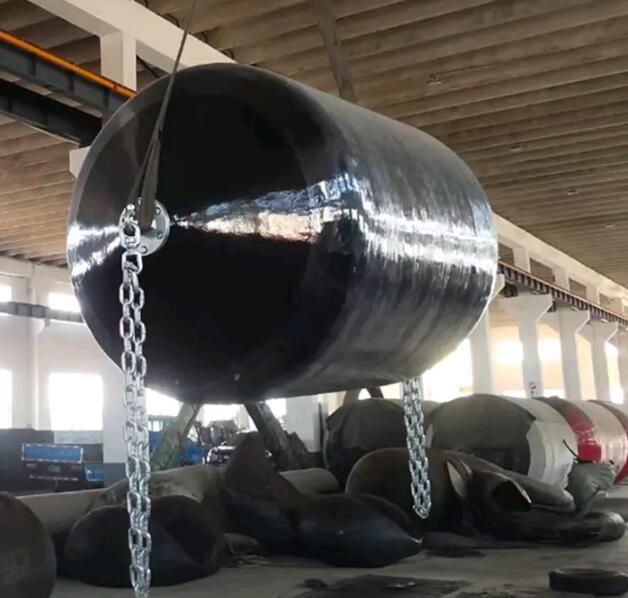Recognizing that different ports and vessels have unique requirements, manufacturers now offer a wide range of V-type fender variants. These may differ in size, rubber grade, energy absorption rating, or mounting configuration. This customization ensures optimal performance for various ship sizes — from small fishing boats to large container ships and tankers — and accommodates site-specific conditions such as tidal variation and quay height.
Today’s V-type marine rubber fenders represent a mature and well-optimized product category. Current trends in the field include:
Sustainability: Increased focus on using environmentally friendly rubber compounds and recycling old fender material.
Smart Monitoring: Integration of sensors to monitor fender wear, deformation, and performance over time.
Durability: Continued improvements in UV, chemical, and abrasion resistance to further extend service life.
Looking ahead, the development of V-type marine rubber fenders is expected to keep pace with trends in global shipping, including the emergence of larger vessels, more automated ports, and greater emphasis on environmental stewardship. Through ongoing research and engineering refinement, these fenders will continue to provide safe, reliable, and cost-effective protection for ports worldwide.

https://www.zjtcgm.com/product/pneumatic-fender/marine-vessel-ship-yokohama-pneumatic-rubber-fender.html
Marine Vessel Ship Yokohama Pneumatic Rubber Fender are considered the leading anti-collision devices for marine applications. They play an active role as a protective medium against collision in ship-to-ship contacts (STS), and ship-to-berthing.
